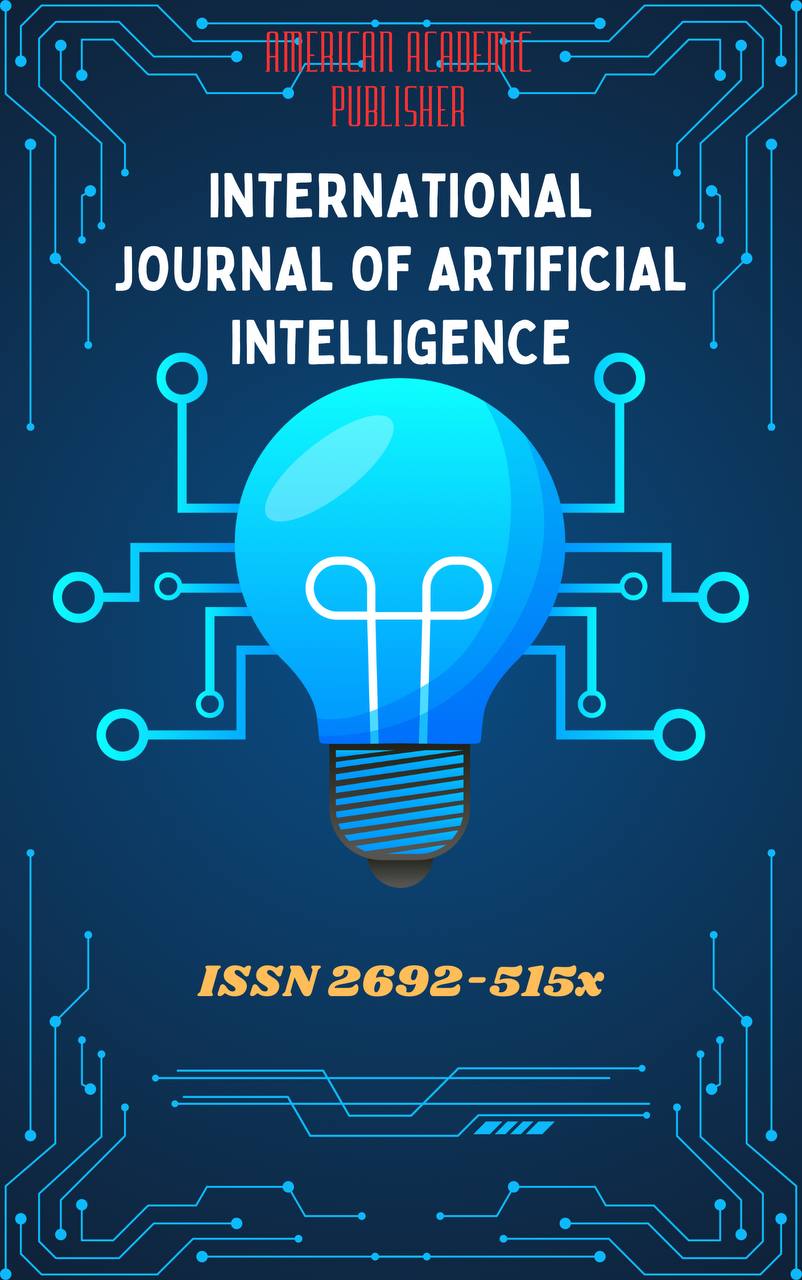 Articles
| Open Access |
Articles
| Open Access | TAGES AND PRINCIPLES OF BUILDING PARALLEL TEXT CORPORA
Fayziyeva Safiya Alisherovna,Abdullaeva Ismigul Bakhodir kizi , Bukhara State Pedagogical InstituteAbstract
The article discusses the stages and principles of constructing parallel text corpora used in linguistic research and educational applications. It outlines the key stages in corpus creation: from selecting representative texts in the source language to aligning them with translations in other languages and implementing multi-level annotation. Criteria ensuring the representativeness and target orientation of the corpora are described, including genre diversity, types of linguistic data, and machine-processability. Special attention is given to characteristics that define the functionality of parallel corpora, such as contextual alignment, textual synchrony, and adaptation to profession-oriented tasks. The paper analyzes the didactic potential of parallel corpora, which enables precise study of linguistic patterns and lexical variability.
Keywords
parallel text corpora, principles of corpus construction, stages of corpus development, representativeness, contextual alignment, multi-level annotation, professional vocabulary, linguistic analysis.
References
Mikhailov, M., & Cooper, R. Corpora in Translation Studies: An Overview and Some Suggestions for Future Research. // Target. – 2016. – Vol. 28(2). – P. 224–239.
Čermák, F. Corpus Linguistics: Theoretical Foundations and Practical Applications. // Corpus Linguistics and Linguistic Theory. – 2017. – Vol. 13(1). – P. 31–58.
Bowker, L., & Pearson, J. Working with Specialized Corpora: Tools and Techniques for Translators. – London: Routledge, 2020. – 240 p.
Eliseeva, T.V., & Nazarova, A.A. Corpus Linguistics: Tools and Methods for Analyzing Parallel Texts. // Proceedings of the Russian Academy of Sciences. Series of Literature and Language. – 2019. – Vol. 78(3). – P. 5–21.
Tyutyunov, A.L., & Gorbanevsky, M.A. Technologies of Parallel Corpora in Translation Studies. // Bulletin of St. Petersburg State University. Series 9. – 2018. – No. 2. – P. 145–159.
McEnery, T., & Hardie, A. Corpus Linguistics: Method, Theory and Practice. – Cambridge: Cambridge University Press, 2012. – 320 p.
Anthony, L. AntConc: Design and Use of a Free Corpus Analysis Toolkit for TESL/TEFL. // TESL-EJ. – 2004. – Vol. 8(1). – P. 1–16.
Baker, M. Corpus-based Translation Studies: The Challenges That Lie Ahead. // Benjamins Translation Library. – 1995. – Vol. 18. – P. 175–186.
Sichinava, D.V. Parallel Texts in the Russian National Corpus: New Development Directions and Results. // Proceedings of the Vinogradov Russian Language Institute. – 2015. – No. 21. – P. 195–204.
Garside, R., Leech, G., & McEnery, T. Corpus Annotation: Linguistic Information from Computer Text Corpora. – London: Routledge, 1997. – 320 p.
Murtazayeva, F.R., & Fayziyeva, S.A. Особенности образа инфернальной женщины в творчестве Л. Петрушевской. // Prosperity of Science. – 2022. – No. 6(12). – P. 32–39.
Fayziyeva, S.A. Genre Originality of a Literary Fairy Tale. // Web of Teachers: Inderscience Research. – 2023. – Vol. 1(7). – P. 58–62.
Zanettin, F. Corpus Methods for Translation Studies: Bridging the Gap Between Theory and Practice. – London: Routledge, 2012. – 256 p.
Seregin, A.S., & Melnikova, N.A. Parallel Corpora and Their Use in Translation Studies and Language Learning. // Bulletin of Voronezh State University. Series Linguistics and Intercultural Communication. – 2017. – No. 2. – P. 112–119.
Article Statistics
Downloads
Copyright License

This work is licensed under a Creative Commons Attribution 4.0 International License.

